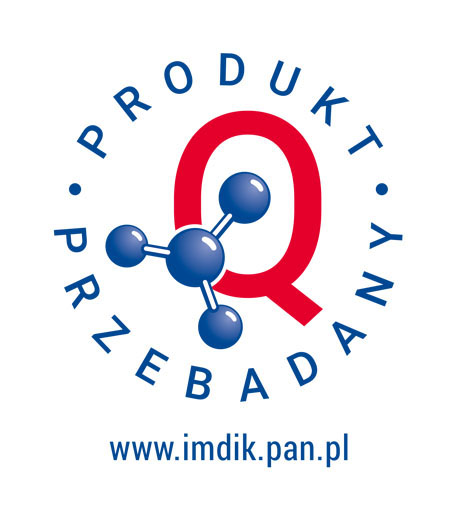Temporal lobe epilepsy (TLE), the most frequent therapy-resistant form of epilepsy, commences with one or two rounds of epileptic seizures defined as status epilepticus (SE), which are a result of hyperactivity of excitatory neurons associated with increased synaptic release of the excitatory neurotransmitter glutamate (Glu). TLE progresses through three distinct phases. The initiation phase, elicited by a few SEs is followed by an asymptomatic latent phase, which evolves to the chronic phase, characterized by recurrent epileptic discharges and morphological and biochemical remodeling of hippocampal astrocytes. Around 70% of the neurotransmitter pool of Glu is derived from the glutamine (Gln)/Glu cycle (GGC) distributed between astrocytes and neurons. Gln is synthesized in astrocytes by glutamine synthetase (GS). Gln released from astrocytes is taken up by neurons via specific system A transporters and converted to Glu. Glu released from neurons is taken up by astrocytes by Glu transporters GLT-1 and GLAST. In both the initiation and the chronic phase of TLE, maintenance of increased excitation critically depends upon uninterrupted system A-mediated Gln uptake to neurons. In the chronic phase of TLE, maintenance of SE appears facilitated by impaired Glu inactivation in TLE-affected astrocytes, due to decreased expression/activity of GS. Here the hypothesis will be tested that in the initial phase of SE, Glu released from neurons will activate the astrocytic leg of GGC and increase Gln supply from astrocytes to neurons, contributing to the maintenance of epileptic discharges and SE. Our hypothesis is supported by own preliminary observations that initial phase of SE in the lithium-pilocarpine (Li-Pilo) juvenile rat model of TLE is associated with a rapid and durable increase of GS activity in hippocampus. Increased GS activity was not associated with significant changes in GS mRNA or protein content, indicating a posttranslational mechanism of enzyme activation. A hypothesis is put forward that activation of GS may involve interaction of Glu with its transporters (GLT-1) or NMDA receptors Research project methodology Juvenile rats with Li-Pilo-induced SE will be subjected to behavioral and electrographic (EEG) analyses of SE. Analysis of the GGC status will include measurements of: GS and GLT-1 expression/activity, metabolism of [U-13C] amino acids (LC-MS), tissue (MRI) and extracellular (microdialysis) Glu and Glu contents, and Glu/Gln distribution between astrocytes and neurons (electron microscopy, immunogold technique). To evaluate the role of astrocytic Glu uptake, NMDA receptor activation, the ensuing generation of NO, and neuronal Gln uptake in the progression of SE, specific inhibitors of these events will be administered to hippocampus via the microdialysis probe. The hypothesis will be tested that GS activation involves S-nitrosylation of GS molecules (proteomic analysis). Expected impact of the research project on the development of science, civilization and society To the applicants knowledge, the hypothesis that increased Gln synthesis in astrocytes accelerates renewal of neurotransmitter Glu and in this way supports maintenance of SE initiating TLE has not been addressed before. Unraveling the mechanisms underlying GS activation may in the future help fine-tuning treatment of TLE in its initial phase.






